Sungold 250 watt solar panel TF-D-250W



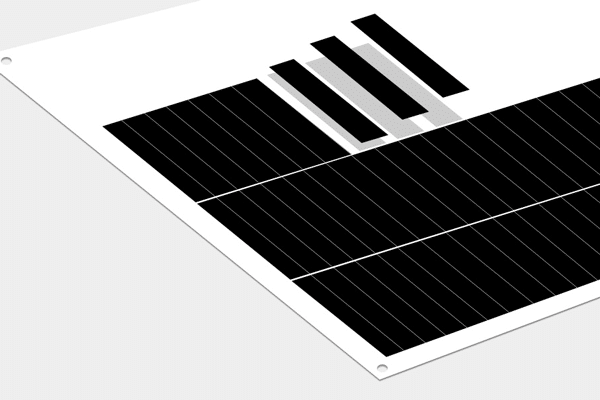
The TF-D-250w solar panel utilizes an innovative organic polymer composite instead of the traditional glass front sheet for lamination. This composite material is highly resilient and can withstand even the harshest temperature and climate conditions.


The TF Series 250 watt solar panels, with a thickness of only 2mm, utilizes Sungold’s patented material. This innovative material not only provides enhanced flexibility to the solar panels but also ensures the protection of the cells. Consequently, the solar panel becomes more adaptable, enabling it to effortlessly conform to various unique shapes and curves.
TF-D-250w solar flexible panel products have passed rigorous trampling and hail resistance tests conducted by the company. These tests have verified the protection and stability of the product, providing confidence in its reliability. Furthermore, the addition of a newly patented material has proven to be highly effective in protecting the battery sheet. These successful tests have laid a solid foundation for the 5-year warranty that comes with the product.


The TF-D-250W solar panel kits utilize advanced monocrystalline silicon solar cells that incorporate multi-layer cell technology. This ensures that the panels are of the highest quality, with an impressive conversion efficiency of up to 22%. The outer film of the panels is made of ETFE laminate, which offers excellent resistance to various weather conditions, including salt spray, corrosion, and aging. Additionally, this film allows for good light transmittance. These flexible solar panels are designed to deliver stable output and withstand harsh weather conditions, making them a reliable choice. With a 5-year warranty, you can trust in their durability and exceptional performance, even in extreme weather conditions.
Understanding 250 watt solar panels

How many 250 watt solar panels do you need?
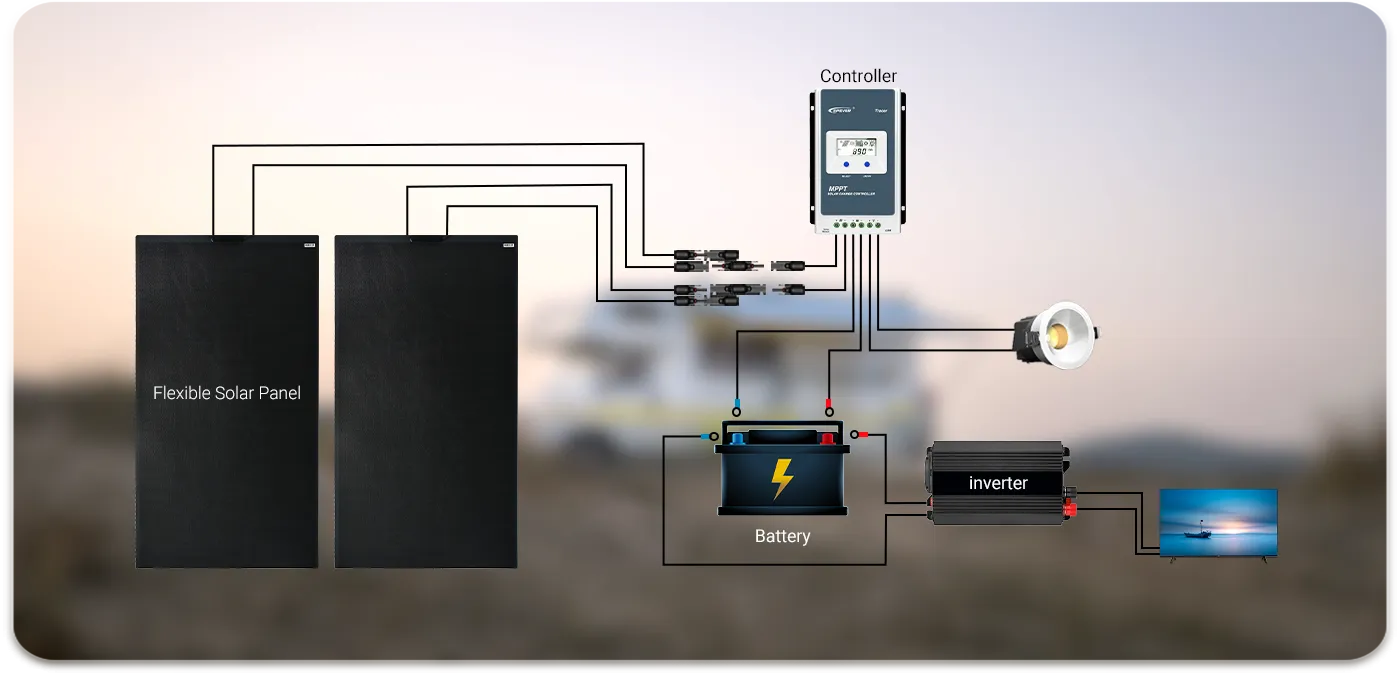
How many 250 watt solar panels do you need? System size comparison table
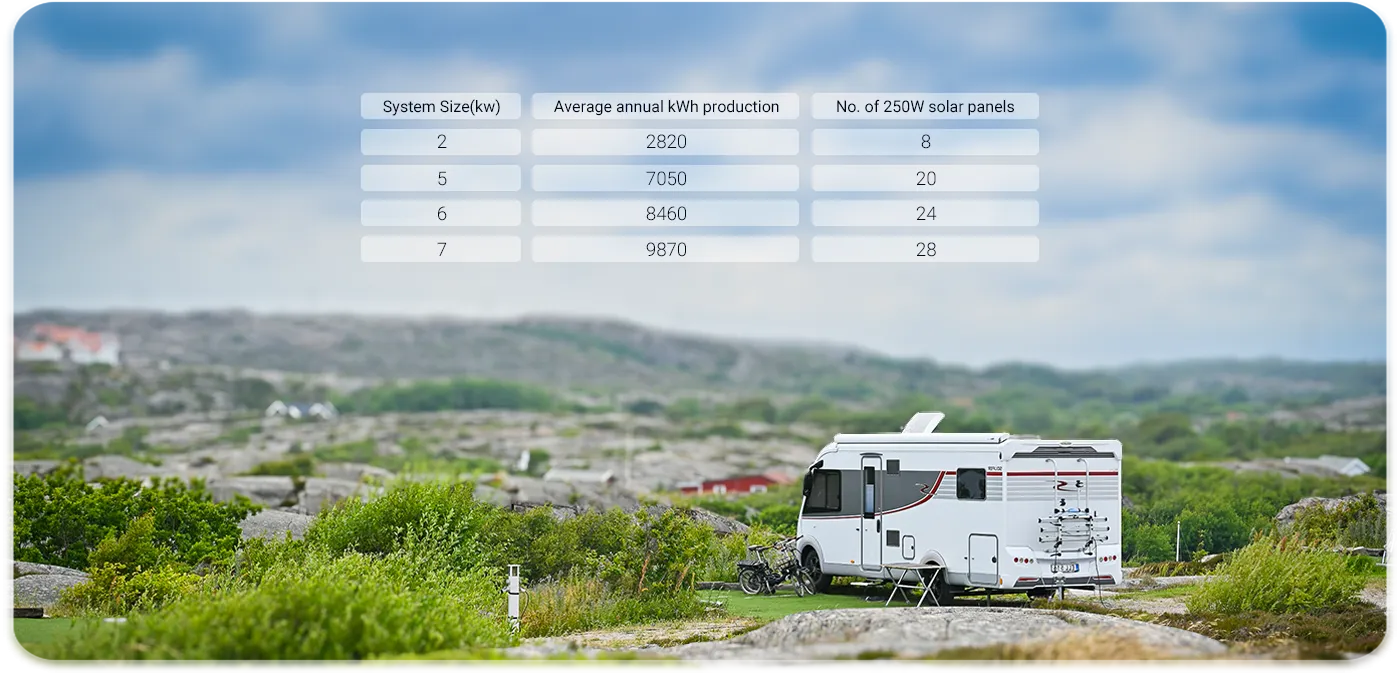
How much space is required for a solar installation with a 250 watt solar panel?
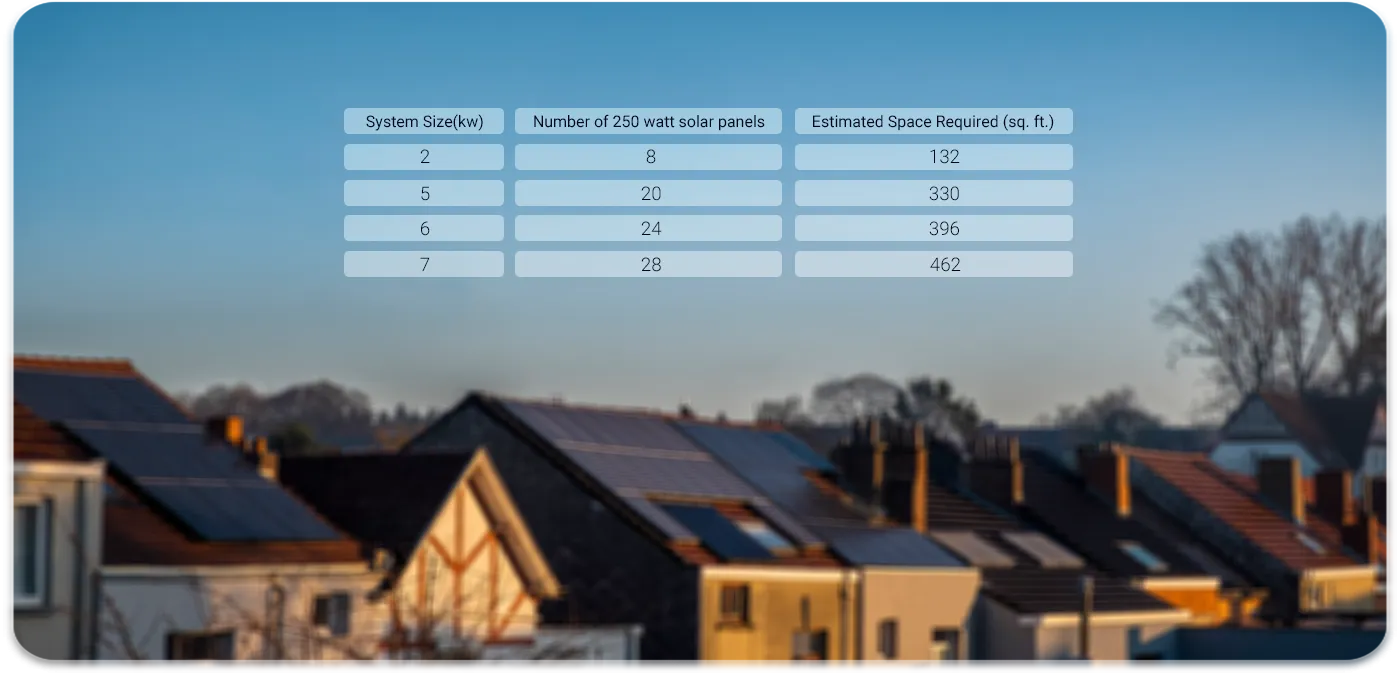
Is 250 watt solar panel right for your solar installation?

Maximum power(Pmax)
250W
Open-circuit voltage(Voc)
26.9V
Voltage at Pmax(Vmp)
22.8V
Short-circuit current(Isc)
11.62A
Current at Pmax(Imp)
10.97A
Cells efficiency(%)
22.0%
The maximum system voltage
600V DC(IEC)
Power temperature coefficient
-0.38%/℃
Voltage temperature coefficient
-0.36%/℃
Current temperature coefficient
+0.07%/℃
Output power tolerance
±3%
Operating temperature
-40~85℃
Weight
3.92kg
Size
1235*1100*3mm
Warranty
6 years
RV

Home

Yacht
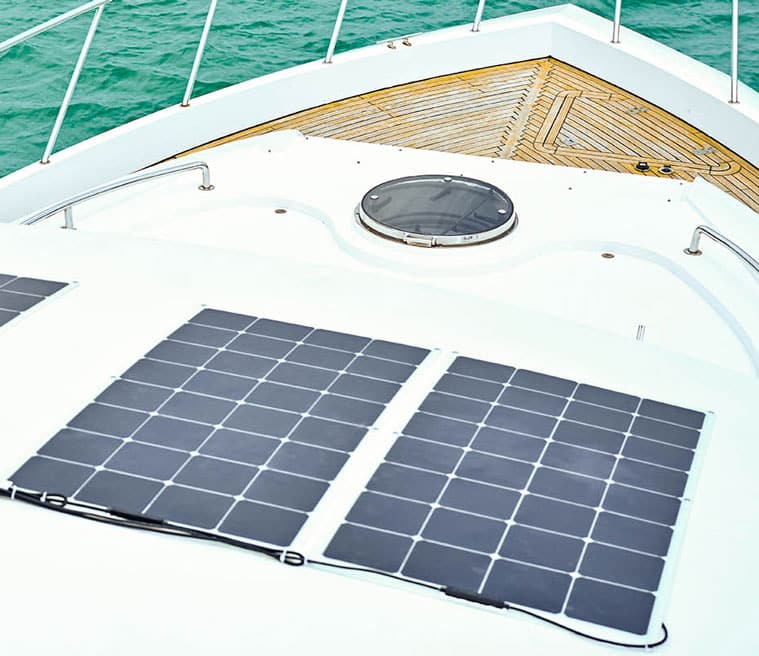
TF series flexible solar panels use Sungold’s exclusive patented materials. The material allows solar panels to be greatly improved in terms of weather resistance, salt spray resistance, corrosion resistance and aging resistance.
So, you’re probably wondering how much power the SG-TF-D-250W solar panel can actually produce. Well, let me tell you, this bad boy has a power output of 250 watts!
So, you might be wondering how well the ETFE surface material on these solar panels can hold up against different weather conditions. Well, let me tell you, it’s pretty impressive!
5 years warranty.
The output efficiency of a solar panel may not be ideal for a number of reasons. The most common environmental conditions, such as the angle of direct sunlight, cloudy sky, and accumulation of dirt and smudges on the surface of the solar panels, can result in reduced efficiency.
A single 250W solar panel is rated to produce 250 watts of power, but the actual power output you see from your panels depends on many factors, including geographic location, shading, and the tilt of your panels
While 250-watt solar panels are no longer a great size or wattage for on-grid solar systems, they are a popular option for off-grid systems. Solar panel kits are becoming increasingly popular for things such as powering RVs and camping appliances or battery charging
Whether you’re looking to save money or generate your own electricity, a 250W solar panel is an excellent option for many solar projects. The average 250W solar panel will generate up to 12.5 amps per hour during its peak period. For reference, this will occur during noon, which is when the sun is at its highest

